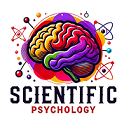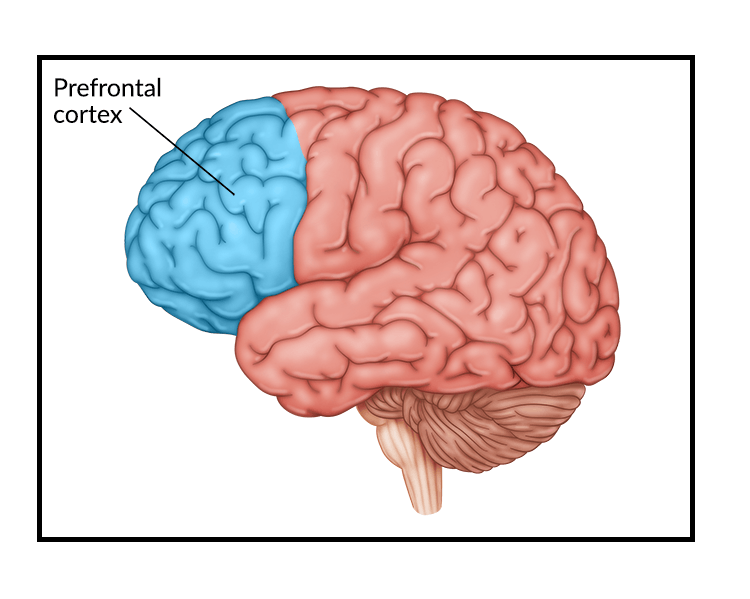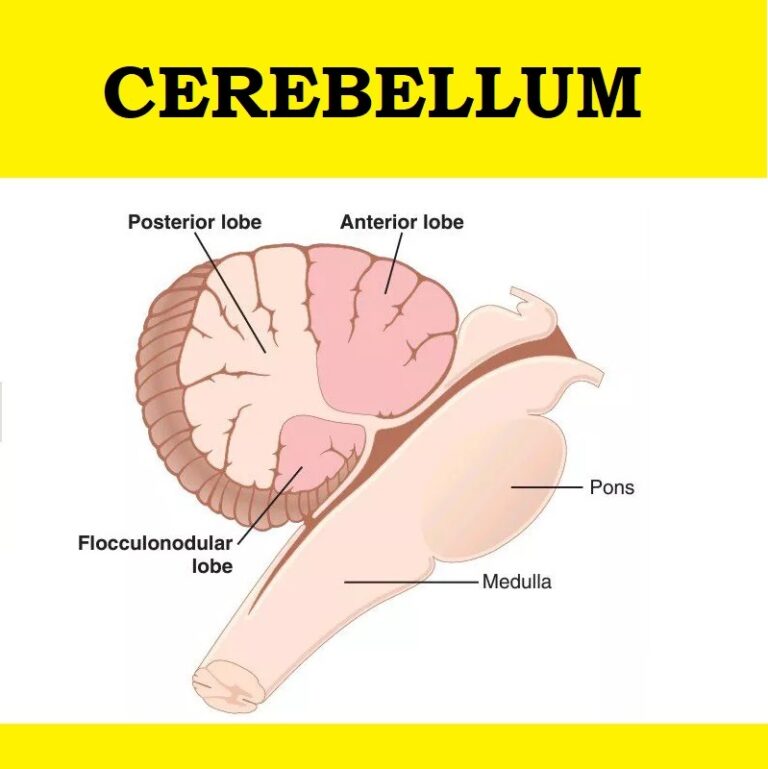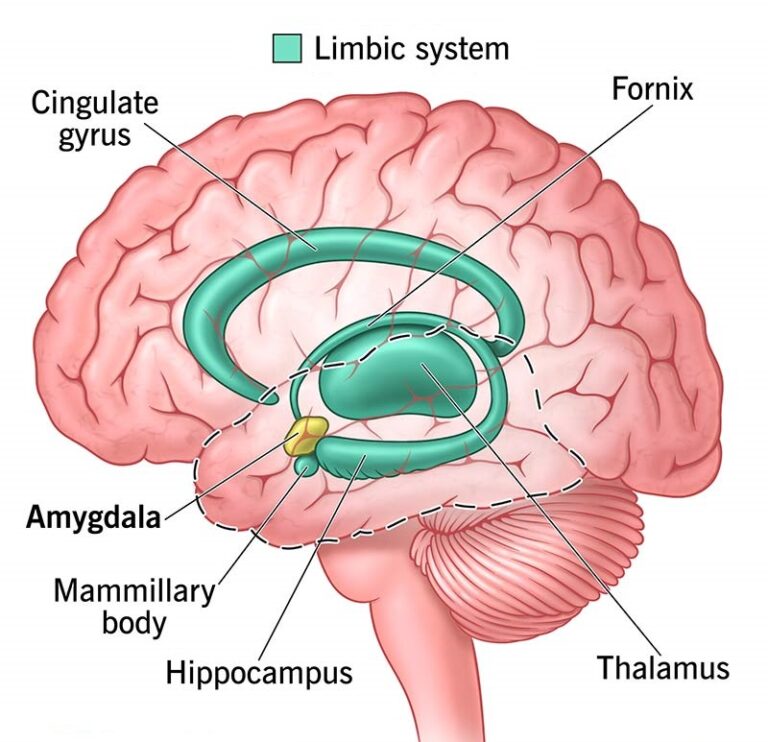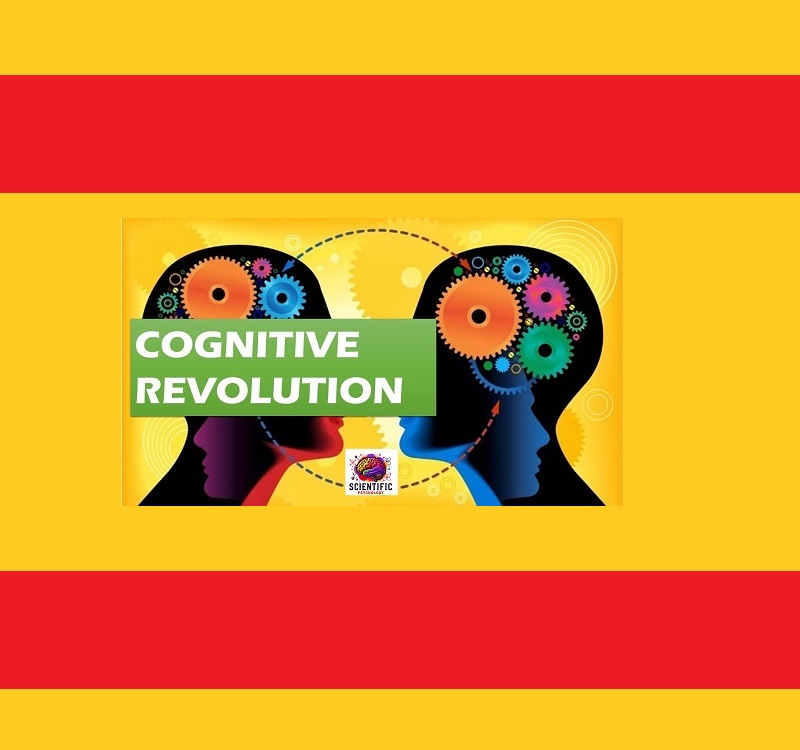
Psychology, as a scientific discipline, has undergone various paradigm shifts. Among these, the Cognitive Revolution of the mid-20th century marked a pivotal turning point, redefining how researchers understand and study the mind. This revolution challenged the behaviorist dominance and emphasized the study of mental processes such as memory, problem-solving, perception, and language.
Background and Historical Context
In the early 20th century, Behaviorism dominated psychological research, focusing solely on observable behaviors and dismissing the mind as a valid subject of study. Figures like John B. Watson and B.F. Skinner argued that mental processes were too subjective for scientific inquiry. However, by the 1950s, limitations of Behaviorism became apparent, especially in explaining complex behaviors such as language acquisition and decision-making.
The Cognitive Revolution emerged as a response, driven by advancements in technology, interdisciplinary collaboration, and dissatisfaction with behaviorist explanations.
Key Contributors to the Cognitive Revolution
Several pioneers played critical roles in shaping this transformative era:
1. Noam Chomsky
- Chomsky’s critique of Skinner’s book Verbal Behavior (1957) demonstrated that language acquisition cannot be fully explained by stimulus-response mechanisms.
- Introduced the concept of an innate language acquisition device (LAD).
2. George Miller
- Published the seminal paper “The Magical Number Seven, Plus or Minus Two” (1956), highlighting the limits of short-term memory.
- Co-founded the Center for Cognitive Studies at Harvard University.
3. Ulric Neisser
- Authored Cognitive Psychology (1967), which became a foundational text for the field.
- Defined cognition as processes by which sensory input is transformed, reduced, elaborated, stored, recovered, and used.
4. Herbert Simon and Allen Newell
- Pioneered artificial intelligence research, developing the General Problem Solver (GPS), a computer program simulating human problem-solving.
Core Concepts of the Cognitive Revolution
The Cognitive Revolution introduced several groundbreaking concepts and methodologies:
1. Information Processing Model
- Conceptualizes the mind as analogous to a computer.
- Mental processes are understood as inputs, storage, processing, and outputs.
2. Schema Theory
- Introduced by Frederic Bartlett and later expanded by Jean Piaget, schema theory emphasizes how pre-existing knowledge structures influence perception and memory.
3. Cognitive Neuroscience
- Merges psychology with neuroscience to study brain structures and their relation to mental processes.
- Example: Use of fMRI to study brain activity during decision-making tasks.
| Cognitive Concept | Description | Example |
|---|---|---|
| Information Processing | Mind as a computer-like system | Encoding, storage, and retrieval |
| Schema Theory | Framework for organizing knowledge | Stereotypes affecting memory recall |
| Cognitive Neuroscience | Brain-mind relationship | Studying memory using neuroimaging |
Applications and Impacts
The Cognitive Revolution significantly influenced various domains within psychology and beyond:
1. Clinical Psychology
- Cognitive-Behavioral Therapy (CBT) emerged, combining cognitive and behavioral approaches to treat mental health disorders.
- Research: Aaron Beck’s work on cognitive distortions in depression.
2. Educational Psychology
- Insights into learning and memory enhanced teaching methods.
- Example: Spaced repetition improves long-term retention.
3. Artificial Intelligence
- Inspired the development of AI, focusing on replicating human thought processes in machines.
4. Human-Computer Interaction
- Improved interface design by understanding how humans process information.
| Field | Cognitive Contribution | Outcome |
|---|---|---|
| Clinical Psychology | Development of CBT | Effective treatment for anxiety |
| Educational Psychology | Insights into memory | Enhanced learning strategies |
| Artificial Intelligence | Algorithms mimicking human thought | AI systems like ChatGPT |
| Human-Computer Interaction | User-friendly interface designs | Better usability in technology |
Technological and Methodological Innovations
The Cognitive Revolution was fueled by advances in technology and methodology:
- Computers and Artificial Intelligence
- Computers provided a metaphor for understanding the human mind.
- AI research offered insights into problem-solving and decision-making.
- Neuroimaging Techniques
- Tools like EEG, PET scans, and fMRI allowed direct observation of brain activity.
- Example: Identifying neural correlates of working memory.
- Experimental Methods
- Stringent experimental designs increased the reliability of cognitive research.
- Example: Reaction time experiments to study mental processes.
Critiques and Limitations
While transformative, the Cognitive Revolution faced criticisms:
- Reductionism: Critics argue that comparing the mind to a computer oversimplifies human experience.
- Neglect of Emotion: Early cognitive models often overlooked the role of emotions in decision-making and behavior.
- Cultural Bias: Some cognitive theories were developed in Western contexts, limiting their universality.
Legacy and Future Directions
The Cognitive Revolution reshaped psychology, leading to:
- Interdisciplinary Research: Collaboration between psychology, neuroscience, computer science, and linguistics.
- Cognitive Neuroscience: A thriving field studying the biological basis of cognition.
- Emergence of New Paradigms: Focus on embodied cognition, which considers the role of the body in shaping the mind.
Future research will likely integrate cognitive science with advancements in AI, neuroscience, and quantum computing, offering deeper insights into the complexities of the human mind.
Conclusion
The Cognitive Revolution marked a profound shift in psychological science, redefining how researchers understand and study the mind. Its emphasis on mental processes has led to numerous applications, from therapy to technology, and continues to influence contemporary research. By bridging disciplines and embracing technological advancements, the revolution laid the groundwork for a more comprehensive understanding of human cognition.
References
- Bartlett, F. C. (1932). Remembering: A Study in Experimental and Social Psychology. Cambridge University Press.
- Beck, A. T. (1976). Cognitive Therapy and the Emotional Disorders. International Universities Press.
- Chomsky, N. (1959). A Review of B.F. Skinner’s Verbal Behavior. Language, 35(1), 26-58.
- Miller, G. A. (1956). The Magical Number Seven, Plus or Minus Two: Some Limits on Our Capacity for Processing Information. Psychological Review, 63(2), 81-97.
- Neisser, U. (1967). Cognitive Psychology. Appleton-Century-Crofts.
- Simon, H. A., & Newell, A. (1958). Heuristic Problem Solving: The Next Advance in Operations Research. Operations Research, 6(1), 1-10.
